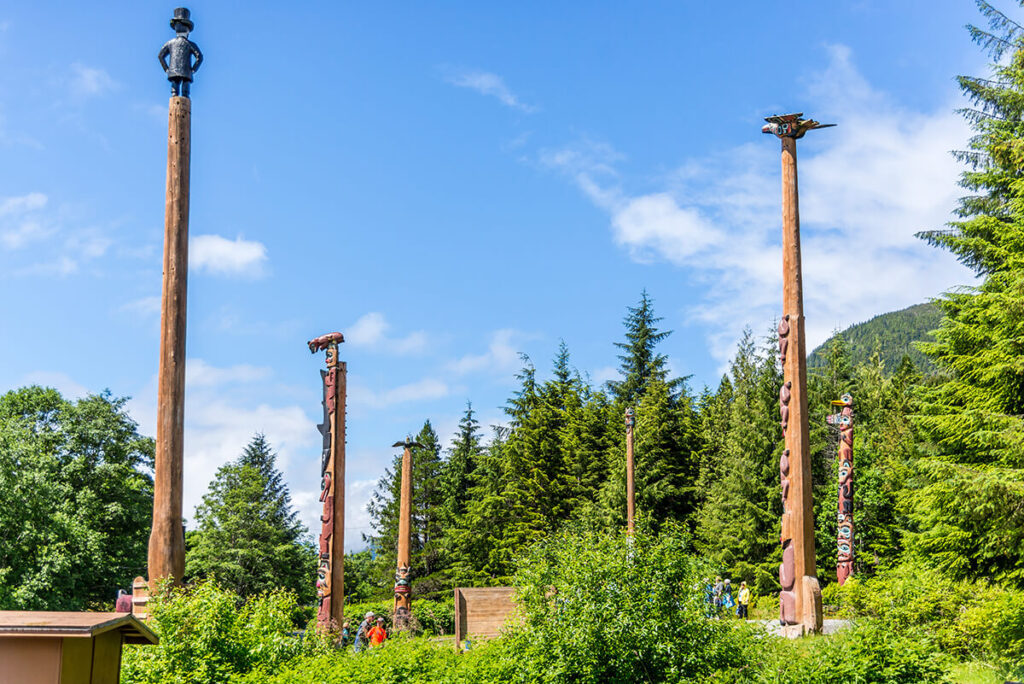By David Cumpston
Increasing awareness and understanding of Native communities through strategic communications in a way that both protects cultural resources and preserves natural landscapes is beneficial on multiple levels.
Not only do the financial benefits from tourism enhance the ability of Native communities to safeguard their way of life, but the indirect economic benefits of tourism positively impact a variety of industries ranging from food production to construction to emerging technologies.

The NATIVE Act: More Inclusive Travel and Tourism
According to the U.S. Travel Association, travel helps communities maintain a level of service that would require more taxes, had it not been for travel-generated tax revenue.
A collaboration between U.S. tribes, tribal organizations and the tourism industry ultimately led to the passage of the Native American Tourism and Improving Visitor Experience (NATIVE) Act in 2016.
This legislation sought to create a more inclusive national travel and tourism strategy that offers direct paths to jobs creation, improved living standards and expanded economic opportunities. Learn more about the act here.
Travel empowers cultural perpetuation – and Indigenous communities offer travelers a glimpse into centuries-old traditions, storytelling and vibrant artistry. When Native Americans tell their own stories, they define the scope of tourism activities on tribal lands, indigenous homelands and in Native communities throughout America.
Importance of Amplifying Native Tourism through Strategic Communication:
- Preserve Cultural Authenticity: America’s indigenous communities boast a collection of unique cultures, languages and traditions. Guided tours of ancient sites and participation in immersive cultural festivals bring the rich tapestry of traditions to life.
- Champion Environmental Stewardship: As stewards of the land for generations, tribal nations hold a deep reverence for the environment. Highlighting that commitment to sustainability—from land conservation initiatives to renewable energy projects—will help grow eco-friendly tourism practices.
- Enrich Educational Experiences: America’s Native tourism offerings provide opportunities for both educational enrichment and experiential learning. From interactive museum exhibits to hands-on workshops led by tribal elders, these experiences foster cross-cultural understanding and appreciation.
- Empower Communities: Tourism serves as a catalyst for economic empowerment within indigenous communities. Forging partnerships with Native-owned businesses and promoting sustainable tourism practices empowers them to thrive while preserving their cultural heritage.
(W)right On Communications has supported communications efforts for the Mesa Grande Band of Diegueño Mission Indians in San Diego (Calif.) County for its Golden Eagle Farm. The five-acre garden produces vegetables, fruits, herbs and Native ethnobotanicals for sale to community members and the general public. The team developed a comprehensive, research-based marketing plan and brand identity. A video highlighting the tribe’s farming practices, produce and Native goods store, plus its onsite accommodations and future equestrian and other Native experiences, is also in development.

How can we help you elevate the voices and experiences of indigenous communities across the country? A strategic communications platform helps pave the way for a future where indigenous heritage thrives as we honor the past, embrace the present and shape the future of Native tourism.
















